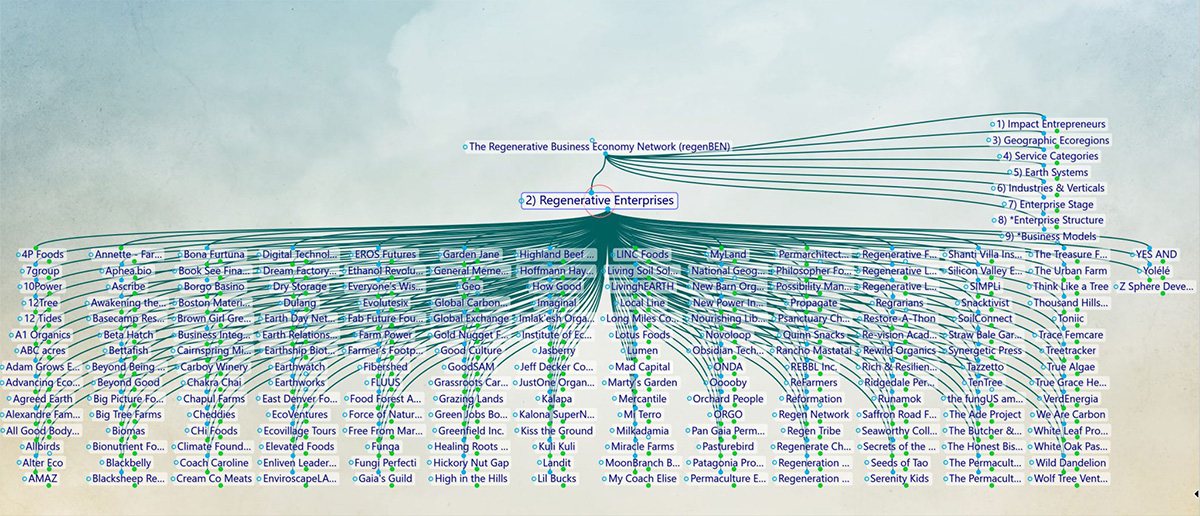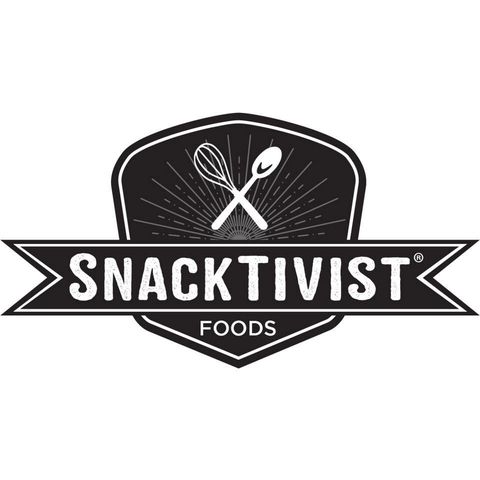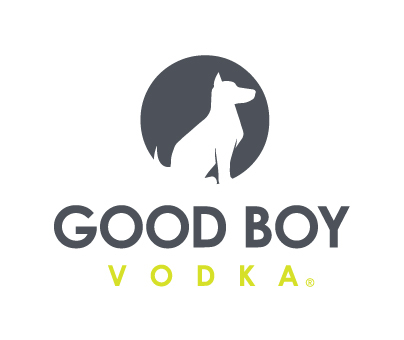Accelerating Ag: Inside Snacktivist’s Pivot From CPG to Supplier
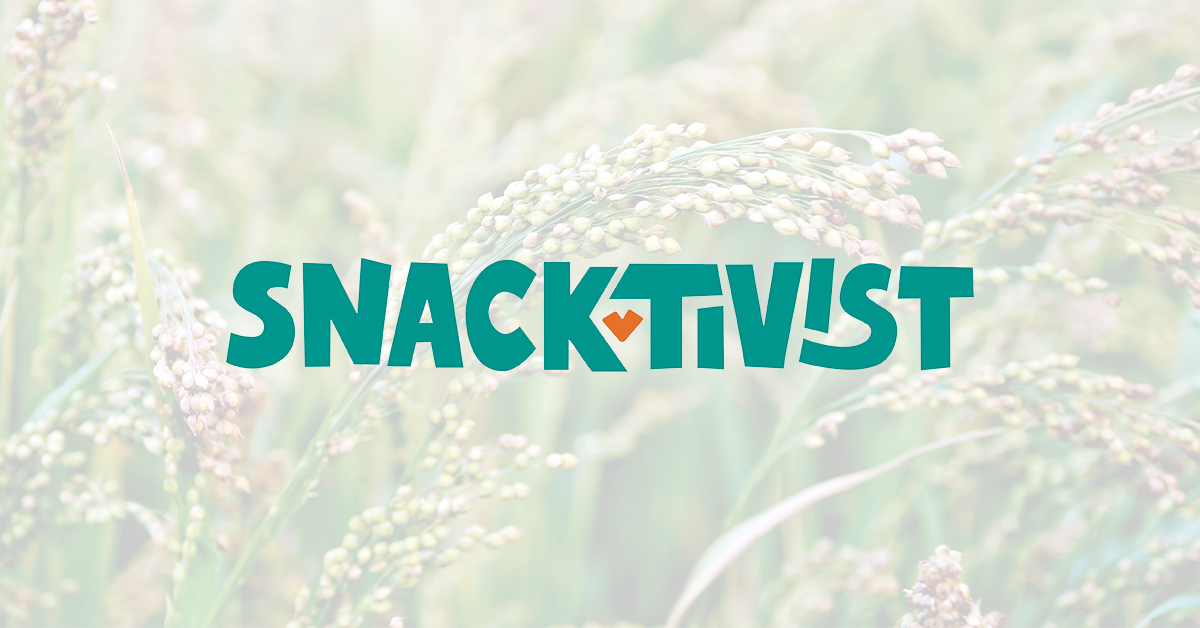
Snacktivist Foods, a regenerative agriculture-focused baking mix brand, is putting its CPG line on the back burner while it works to spearhead a new ingredient supply and brokerage service.
The new business arm, Snacktivist Ingredients, aims to connect private label producers, foodservice suppliers and other CPG brands to farmers using third-party verified regenerative practices. The network currently includes sorghum, chickpeas, millet, brown and white rice, oats and wheat suppliers who can sell the ingredients either whole or in a milled flour format.
“We’re helping make connections for larger buyers,” said founder and CEO Joni Kindwall-Moore. “[What] makes us really different [is] we’re not married to one verification program. We literally have farmers across all of them.”
How does it work?
Snacktivist Ingredients has established partnerships with farmers spanning the Pacific Northwest and Midwest that, combined, manage more than 100,000 acres. The company also connects buyers and brands with regenerative suppliers outside its network and can help establish new verifiable supply chains for specific ingredients.
“We see a tremendous opportunity because ingredients and trading represent a multi-billion dollar market share, and we expect to be able to tap into 1% of that market in the next 18 months,” said Kindwall-Moore. “We are projecting steep growth following the completion of our initial pilot program this year with both B2B ingredients and institutional foodservice partners [as] key players.”
Founded in 2015, Snacktivist sells its line of bread, baked goods, falafel and pancake mixes online on Amazon and Walmart.com. The CPG products will remain available, but will not be the business’ growth focus. Kindwall-Moore said she hopes to eventually return to packaged goods and hinted at a range of innovations like ancient grain chips and millet-based rice pudding that she has already developed.
“Snacktivist has been building regenerative by design; that’s our ethos,” said Kindwall-Moore. She explained that as the brand grew, baking mixes became its “how” for building a market for regenerative crops, but the “why,” or purpose behind the products, was rooted in “what ingredients, what crops really need market momentum to help drive at field level, regenerative management?”
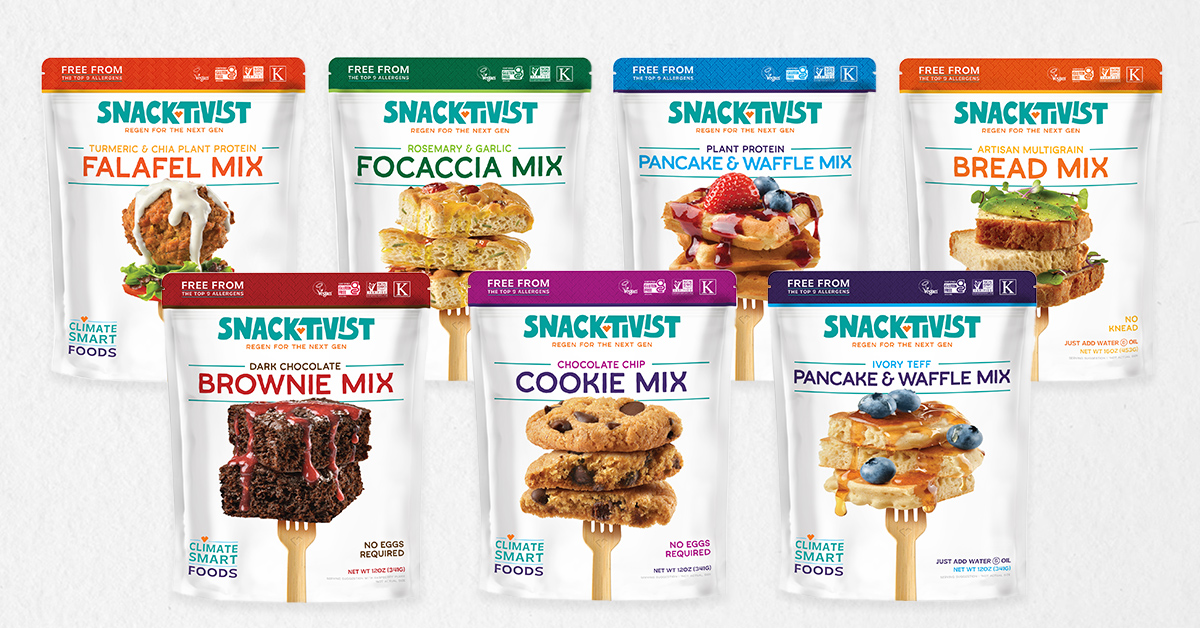
This new service aims to better address the question of “why” while providing a solution for some of the largest barriers to regenerative adoption in CPG – finding a ready-to-go and reliable ingredient supply.
Soil health, biodiversity, water use and carbon output – some of the main tenets of regen-ag – can only be assessed for improvements after multiple crop cycles, which can sometimes take up to five years On the farmer’s end, if there isn’t demand for regenerative crops and a contracted partner to buy those ingredients once harvested – there isn’t a business case for them to undergo the conversion process.
With those agreements already in place, Snacktivist is offering a plug-and-play alternative for producers looking to convert portions of their ingredient deck, help build markets for regenerative crops, and in turn, accelerate consumer demand for regenerative products.
Why the shift?
Ingredients aren’t uncharted territory for Snacktivist. According to Kindwall-Moore, the nearly decade-old company has done some brokering work in the past before shifting to CPG to weather the pandemic. Now, this current strategic pivot was driven by the growing momentum behind the regenerative movement, and problems producers face as demand overtakes the rate at which these farming systems can scale.
The combination of consumer interest and still-developing oversight has presented complex challenges even for advocates of the regen-ag movement in CPG. Retailers like Whole Foods and Sprouts have shown their support by embracing brands working with third-party regenerative verification programs, but their policies created hurdles for Snacktivist’s CPG line, said Kindwall-Moore, which sources from a range of farmers certified by different programs.
“We work with [Regenerative Organic Certified (ROC) farmers], but we’re not allowed to put ROC on our package because they’re one ingredient,” explained Kindwall-Moore. “Snacktivist is not allowed on-shelf at Sprouts and Whole Foods because we talk about regenerative but we’re not [certified].”
According to Kindwall-Moore, all farmers within Snacktivist’s network have been vetted by its internal team and many are certified by either ROC or another of the many other regenerative verification programs that have emerged in recent years. Even after honing in on a single SKU, Snacktivist was unable to make the product from entirely ROC certified ingredients because regenerative supply chains for certain ingredients do not yet exist.
The growth of regenerative has become a “double-edged sword” that has led to “collateral damage,” said Kindwall-Moore. Citing her own experience last fall, she had pre-harvest contracts in place with farmers under the assumption that Snacktivist products would eventually expand into retail. Once the issue with the verification programs arose, she had to pull those commitments and her farmer partners had to sell their regenerative crops to the commodity markets.
That experience pushed her to focus on building Snacktivist Ingredients. The inputs will carry a premium which goes directly back to the farmers and ranges from 10% to 60% of the price of the order depending on a variety of crop-specific attributes and what value-added qualities can be validated, she said.
While Kindwall-Moore believes that the verification programs themselves are essential tools to develop guardrails around regenerative and avoid greenwashing, she’s hoping that retailers take a more macro approach and accept data or alternative evidence to verify on-pack claims.
Alongside the shift to ingredient brokerage, Kindwall-Moore is also looking to bring tech-based verification alternatives into play.
Last month, she co-founded a new tech platform called Viison that enables regenerative brands to share product information and supply chain data using blockchain technology. The information is hosted on the platform, which can display insights in 350 different languages, and accessible via a QR code.
“This same technology will be able to provide traceability and deliver information about nutrition, chemicals, environmental footprint, and other ESG metrics on our ingredients lines,” explained Kindwall-Moore. “For buyers who need to comply with impact reporting like Scope 3, this will be a very important development in the world of tech-connected commodities.”
Many other CPG food and beverage brands have also attempted to solve for the lack of regenerative farmland with initiatives to convert set amounts of acreage and source a specific volume of a single regenerative ingredient over a three-to-five-year time span. In July, Purely Elizabeth and Lil Bucks started regenerative growing projects in collaboration with MadAG that are centered around using data to track improvements on the farm after each harvest. CPG conglomerates from General Mills to PepsiCo have also made their own commitments.
All of these efforts will help create new markets and sustainable supply chains, deliver premiums to farmers and help accelerate the adoption of regenerative-grown crops in the near term.
“Diversity on the plate will drive diversity in the field,” stated Kindwall-Moore.

